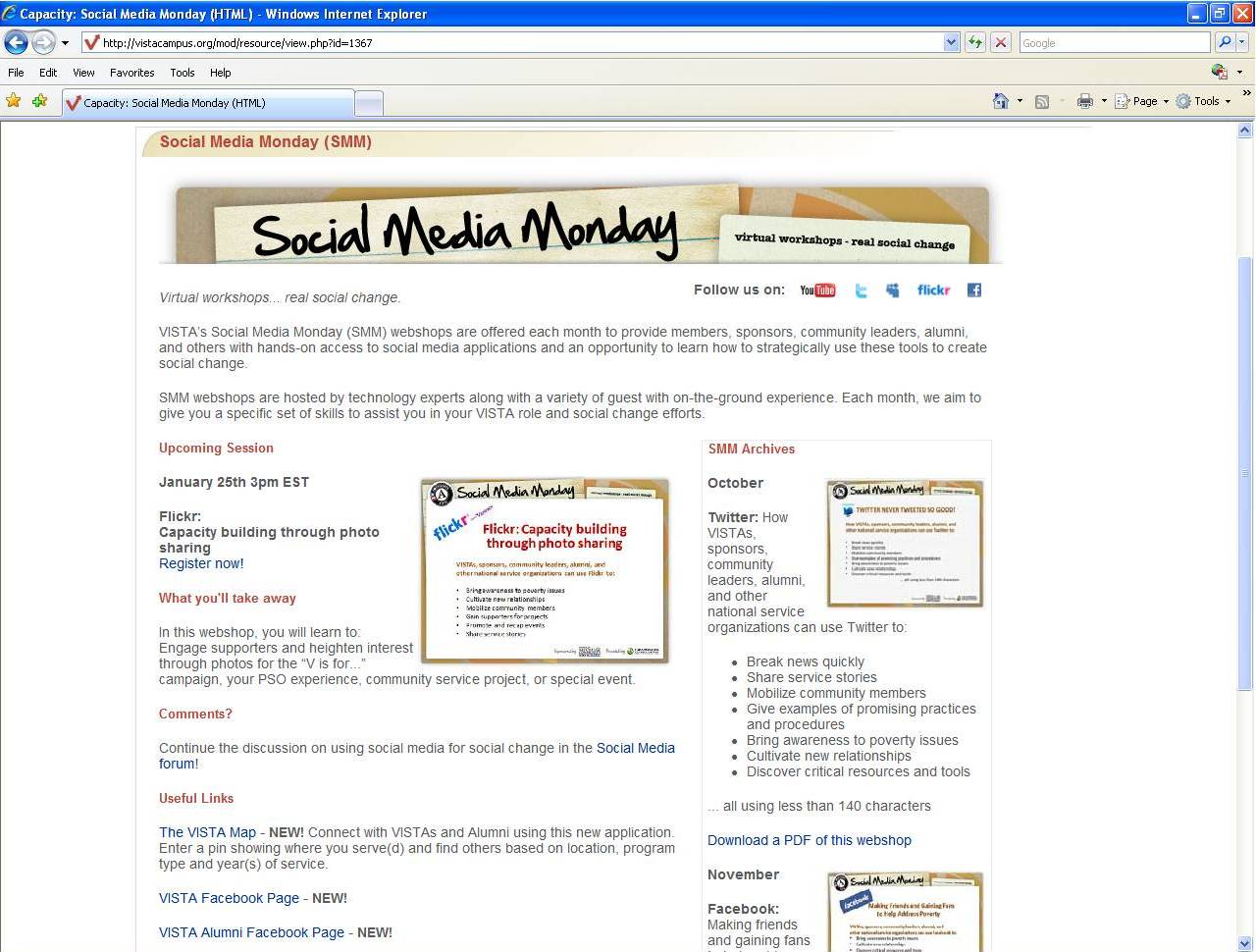Using Media Tools to Advance Your Nonprofit’s Mission
I was honored to join Montgomery Community Media CEO Jasmine Nykole White, MA, MPA, at the Inaugural Nonprofit Conference at Montgomery College. The theme was “Building Nonprofit Infrastructure to Strengthen Community Services.” Jasmine and I hosted a breakout session on “Using Media Tools to Advance Your Mission.”

Are you looking for media tools for your nonprofit? Here are ten tips to get you started.
- Storytelling Videos: Create compelling videos that showcase your nonprofit’s mission, impact, and success stories. Use beneficiaries, volunteers, and staff testimonials to connect with your audience emotionally.
- Live Streaming: Use platforms like Facebook Live, YouTube Live, or Instagram Live to broadcast events, fundraisers, and behind-the-scenes content. Engage with your audience in real time.
- Podcast Series: Start a podcast to share in-depth stories, interviews, and discussions related to your nonprofit’s mission or that of your grantees and partners. Podcasts are a great way to connect with your audience and provide valuable information.
- Training: Take advantage of training programs like Montgomery Community Media offers. We offer courses in video production, editing, social media marketing, and more tailored to the needs of nonprofits.
- Partner with Local Media: Collaborate with local media outlets or influencers to feature your nonprofit’s work. This partnership can help you reach a wider audience.
- Website and Blog: Maintain a blog to regularly update stakeholders about your activities, achievements, and upcoming events. Incorporate multimedia content like images and videos into your blog posts.
- Newsletter Campaigns: Send regular newsletters featuring stories, updates, and calls to action to your subscribers. Include multimedia elements to make them visually appealing.
- Volunteer Endorsements: Feature video testimonials from volunteers, sharing their experiences and why they chose to support your nonprofit.
- Optimize Operations: Use self-guided multimedia for internal purposes by creating training videos to onboard new volunteers or staff efficiently. Produce orientation videos to familiarize new members with how to do business with your organization.
- Virtual Meetings: Utilize video conferencing tools for team or board member meetings, reducing the need for in-person gatherings and guaranteeing participation.












You must be logged in to post a comment.